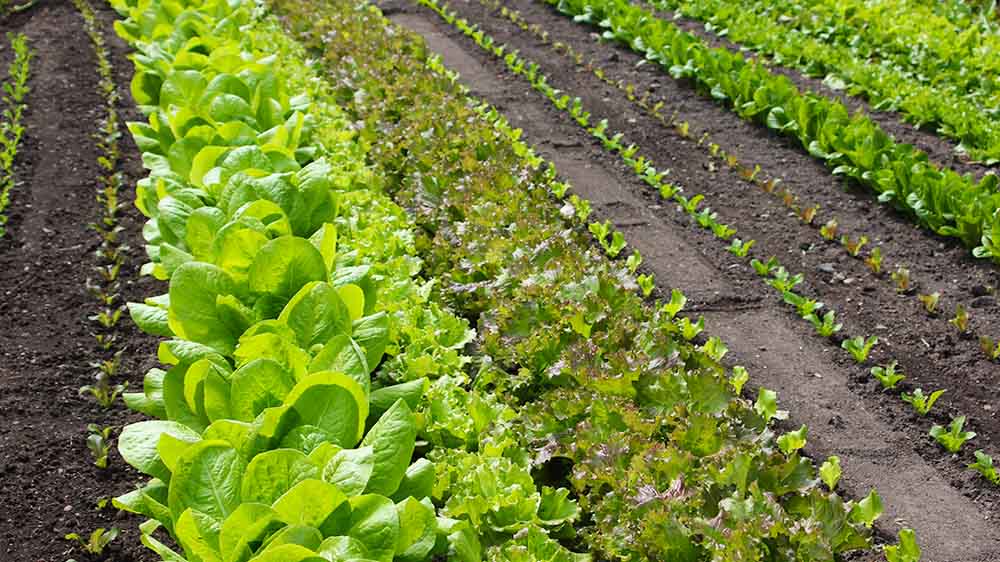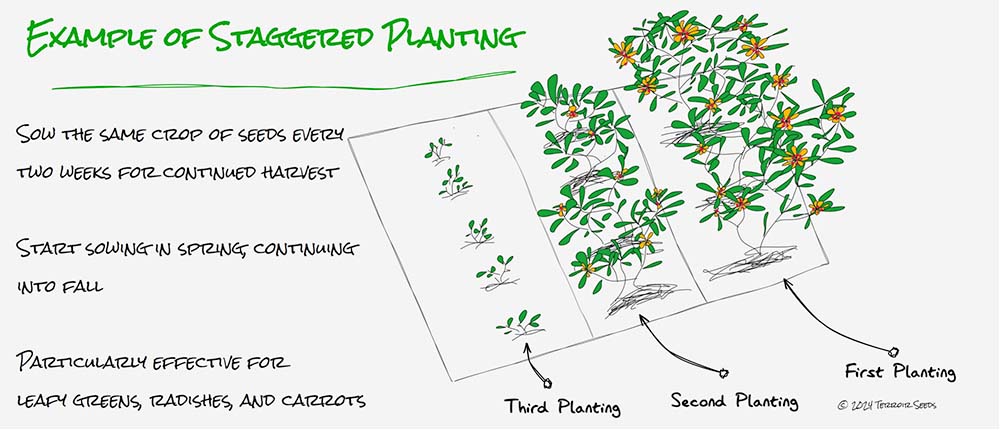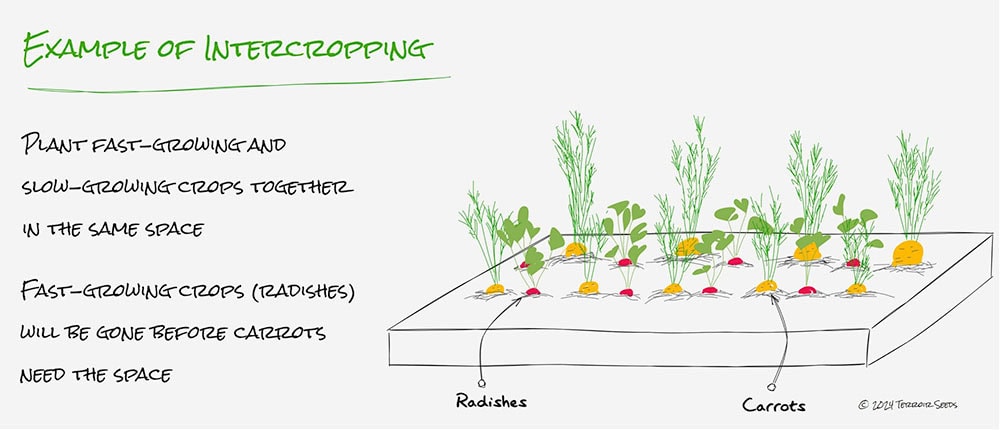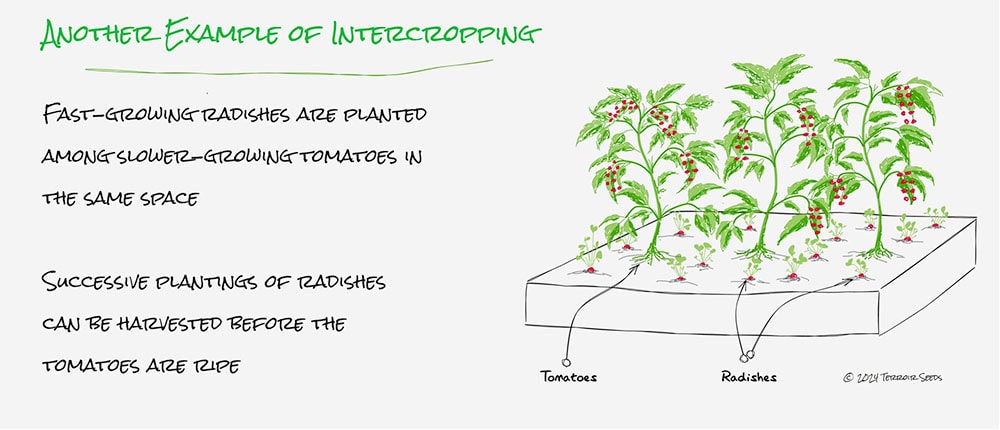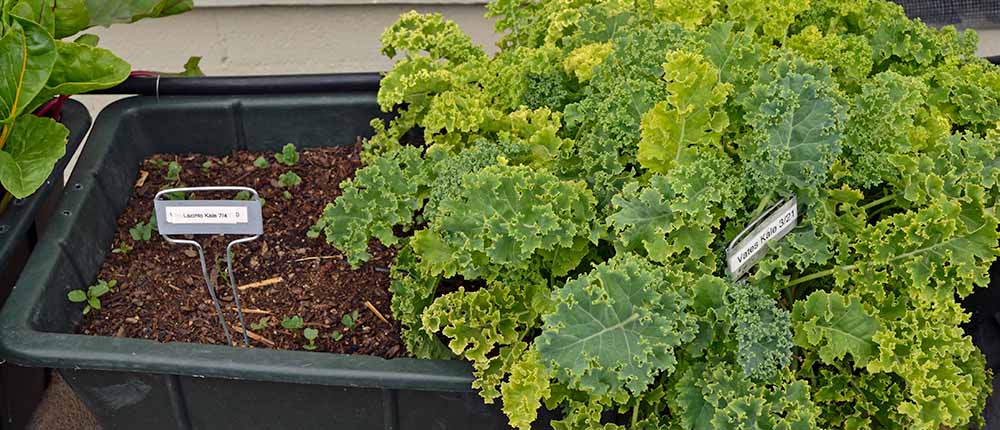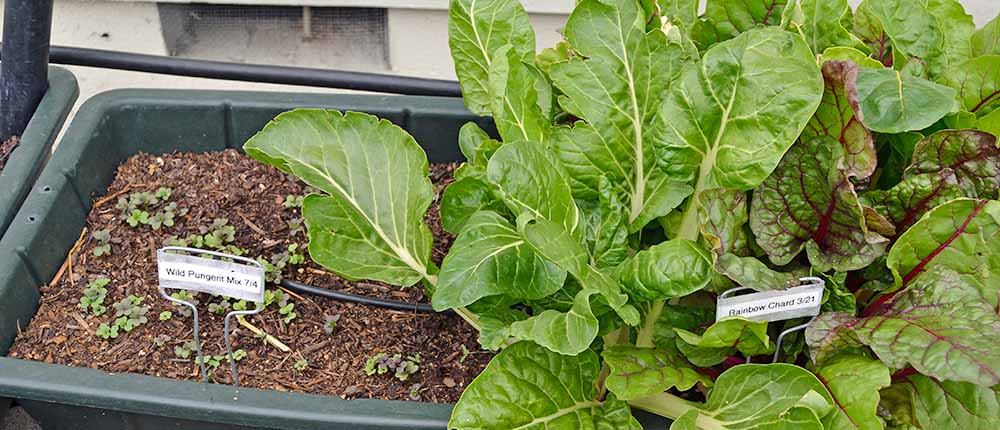Succession Planting Made Easy
A Step-by-Step Guide for Every Garden
What would you think if you could step into your garden and find fresh vegetables ready to harvest, not just for a few short weeks but throughout the growing season?
That’s the beauty of succession planting, a straightforward yet powerful technique that turns your garden from inconsistent harvests into a season-long abundance with multiple varieties of fresh vegetables.
What is Succession Planting?
Succession planting is a gardening technique that creates a steady harvest of fresh produce throughout the growing season, but it’s not limited to only vegetable gardening. By strategically timing and staggering the planting of different crops – from warm-season crops to cool-season crops—you can extend your harvest window well beyond what’s traditionally possible, providing a steady supply of fresh vegetables, herbs, and flowers while maximizing your garden space.
You could sum it up like this: plant, grow, harvest, repeat.
Whether you’re a seasoned green thumb with a sprawling vegetable garden in traditional in-ground beds or a novice gardener tending a few containers on a balcony, you can tailor this versatile method to your needs and space. It’s also incredibly adaptable to different climates and growing seasons, so no matter where you live, you can enjoy the benefits of a greatly extended harvest season.
We’ll review some of the most popular succession planting methods, exploring different approaches like staggered planting of the same crop, replacing one vegetable with another, and even intercropping – a technique that allows you to grow multiple crops together in harmony. We’ll see how succession planting can transform your raised beds, containers, or traditional in-ground gardens, which provide fresh produce from spring’s first thaw to fall’s final frost.
Different Types of Succession Planting
There are a range of techniques, each with its distinct benefits
Same Vegetable, Staggered Planting – With this method, you sow seeds of the same crop regularly throughout the growing season. This ensures a continuous harvest, as some plants mature while younger ones continue growing.
For example, you could plant lettuce every two weeks, starting in early spring and continuing into fall. This way, you’ll always have fresh lettuce on hand rather than one large harvest followed by empty space. Other crops that work well are planting radishes every ten days or carrots every three weeks, depending on the variety and your climate. Staggered planting is particularly effective for leafy greens, which tend to bolt (go to seed) quickly in hot weather.
Different Crop, One After Another – This approach involves replacing harvested crops with new ones with different growing requirements. It’s a great way to make the most of your garden space and ensure that it’s always working for you.
In a cool-season garden, you might plant peas in early spring, followed by beans once you harvest the peas. On the other hand, in a warm-season garden, early-maturing cucumbers could be followed by a late planting of summer squash. Here’s a long-season, moderate-climate example:
Intercropping – Simultaneously planting fast-growing and slow-growing crops together in the same space. You’ll harvest the fast-growing crop before the slower one needs that space, allowing you to optimize your garden bed.
Radishes and carrots are a classic example of intercropping, as you can harvest the fast-maturing radishes before they crowd the slower-growing carrots. Other combinations include bush beans with corn and spinach with peppers. When selecting plants for intercropping, consider their growth habits, light requirements, and root depths.
Succession Planting for Different Types of Gardens
Whether gardening in raised beds, containers, or directly in the ground, succession planting can easily be tailored to your specific setup. Each type of garden offers unique opportunities for continuous harvests, and by understanding these nuances, you can make the most of your space and enjoy a bounty of fresh produce throughout the year.
Raised Beds
- Early Spring: Cool-season crops like lettuce, spinach, radishes, peas.
- Late Spring/Early Summer: Transition to warmer-season crops like beans, carrots, and beets.
- Summer: Heat-loving vegetables such as tomatoes, peppers, cucumbers, and eggplant.
- Fall: Plant another round of cool-season crops or experiment with overwintering vegetables like kale or spinach.
- Continuous Harvest: Include vegetables produced throughout the season, such as cut-and-come-again greens (lettuce, kale, Swiss chard), bush beans, and zucchini.
Containers
- Early Spring: Pansies, violas, primroses, cool-season herbs (parsley, cilantro).
- Late Spring/Early Summer: Salad greens, strawberries, bush beans, dwarf tomatoes.
- Summer: Peppers, eggplants, cucumbers (with support), heat-tolerant herbs (basil, oregano).
- Fall: Kale, Swiss chard, arugula, lettuce, carrots.
- Continuous Harvest: Focus on crops that yield multiple harvests, such as leaf lettuce, herbs (basil, cilantro), cherry tomatoes, and strawberries.
- Vertical Space: To maximize production, use vertical space with trellised crops like pole beans or cucumbers.
In-Ground Beds
- Early Spring: Peas, onions, potatoes, lettuce, spinach, brassicas (broccoli, cauliflower).
- Late Spring/Early Summer: Beans, carrots, beets, cucumbers, summer squash.
- Summer: Tomatoes, peppers, eggplants, melons, corn.
- Fall: Kale, collard greens, Brussels sprouts, broccoli, carrots, beets.
- Space for Sprawlers: Take advantage of ample space for vining crops like melons, squash, and pumpkins.
- Long-Season Crops: Plant crops that take longer to mature, like corn, potatoes, or winter squash.
- Soil Improvement: To maintain soil fertility, rotate nitrogen-fixing legumes (peas, beans) with heavy feeders (tomatoes, peppers).
Regardless of your garden type, consider using cloches (small, protective covers for individual plants) or row covers (larger covers for multiple plants) to extend the growing season for cool-season crops in spring and fall.
Planning Your Strategy
First, begin by identifying the vegetables you and your family most enjoy. It may seem obvious, but dedicating garden space, time, and resources to crops you – or your family – won’t eat doesn’t make sense. Instead, focus on growing vegetables you genuinely love.
As you research different varieties, note their days to maturity. Our website descriptions always include this information, allowing you to plan how long it will take to grow.
For example, Bloomsdale Spinach takes 39 days from planting to harvest. Approximately five weeks after planting the seed, you could enjoy the first harvest of your tender, homegrown spinach.
Second, when planning your succession plantings, it’s crucial to consider how much of a particular vegetable your family realistically eats within a week or two. Knowing this will help you estimate how much to plant for each variety.
For instance, if you enjoy salads with plenty of fresh spinach and use it frequently throughout the week, you may need more than one or two plants. In this case, you might choose staggered planting, sowing a new batch of spinach every one or two weeks to ensure a continuous supply.
Third, when selecting crops for succession planting, it’s essential to consider their growth habits and harvest patterns. Some vegetables, like spinach, kale, Swiss chard, and many lettuce varieties, are known as “cut-and-come-again” crops. You can harvest the outer leaves repeatedly, and the plant will continue to produce new growth, providing a continuous supply of fresh greens.
However, some vegetables are single-harvest crops. Head lettuce, cabbage, and root crops like carrots and radishes fall into this category. It’s time to replant a new crop once you harvest the mature head or root.
Understanding these differences in growth patterns is essential for effectively planning your succession plantings. Balancing cut-and-come-again varieties with single-harvest crops ensures a steady stream of fresh produce throughout the growing season.
Getting Started
To avoid feeling overwhelmed, we recommend starting small and simple!
Focus on one or two beds initially and experiment for a season, expanding it to a year when you get the feel of it. You can learn what works well and what doesn’t, gaining valuable insights before expanding your efforts to the entire garden.
Remember, even a small space can be incredibly productive. For example, you can divide a single raised bed or container in half, dedicating one side to Swiss chard and the other to kale, while seedlings for the next succession peek out in the remaining space, as shown in the photo above.
Succession Planting Chart
We’ve compiled a helpful chart to help you visualize and understand your succession planting schedule. This chart shows the planting frequency for different crops based on their growth rates and maturity times. Faster-growing crops with shorter seasons, like lettuce or radishes, will be planted more frequently throughout the year. Crops that require a longer growing season, such as Swiss chard and cabbage, will be planted less often.
This chart can be a valuable tool in garden planning. It shows how different crops can be staggered or sequenced for continuous harvests.
| Examples of 7-day planting intervals – |
|---|
| Greens and lettuce planted for baby leaf use, Spinach for baby use, and Radishes |
| Examples of 14-day planting intervals – |
| Full-size lettuces – both heading and leafing types, Asian greens – Pak Choi and Asian mustard greens, Full-size spinach, Peas, Beets, Chicory, Escarole and Endive, Arugula, and Cilantro |
| Examples of 21-day planting intervals – |
| Carrots, Kale, Swiss chard, and Cabbage |
Now that you better understand planting intervals and crop maturity, you can fill in your garden bed diagrams. Strive for a balanced mix of larger, longer-season crops like cabbage with early, quick-maturing varieties like lettuce or spinach. This approach leverages the differences in their growth patterns.
For example, as you harvest the spinach and lettuce multiple times, the cabbage will gradually mature and require more room without competing with the smaller crops in their early stages. This approach ensures optimal utilization of your garden beds while avoiding overcrowding during the early stages of growth.
Succession planting helps you unlock your garden’s potential, regardless of its size or your experience level. By understanding the different types of succession planting and applying the abovementioned techniques, you can create a surprisingly productive garden with a much longer season than you might have thought possible. Each garden is unique; finding what works best for you may require trial and error. But the rewards are well worth the effort.

